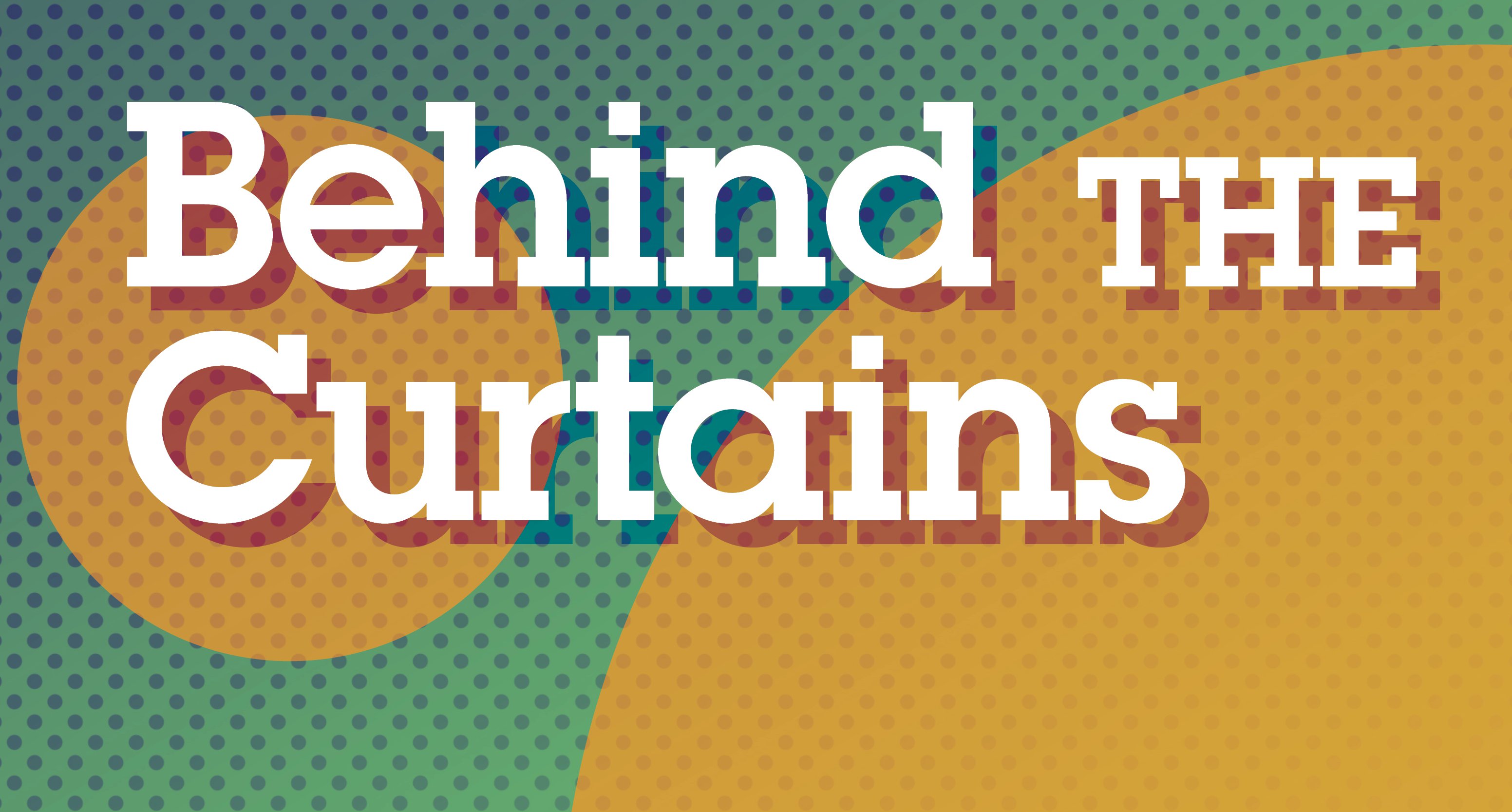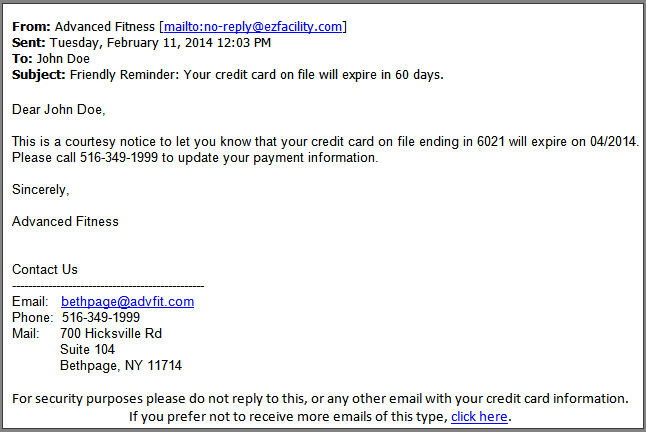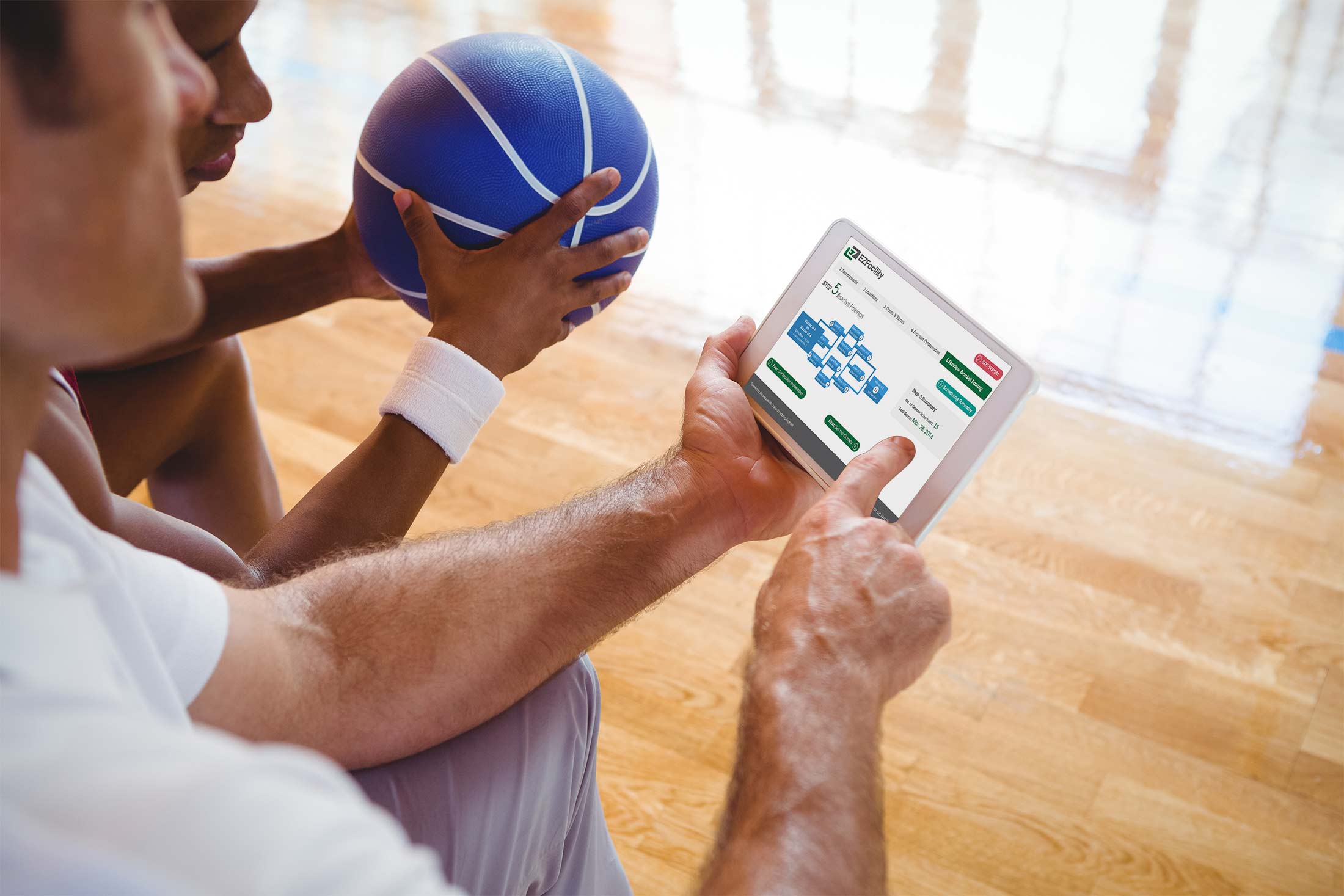The following guest blog post is by Jim Woodman, President of PlayerGrid. PlayerGrid is a powerful new team communication and sharing service that we’ve fully integrated with EZLeagues. We are very excited to have another partner offer our clients some great insights on how to help streamline operations!
Mobile Apps are Delivering Smart Solutions
Getting timely messages to all members of a sports team becomes very important when games are canceled, practice is rained out or tournament information is updated at the last minute. In the old days – and we’re only talking about 15-20 years ago – telephoning everybody on a team with schedule updates was common practice.
But the telephone call – especially before cell-phones – was extremely inefficient and time-consuming for coaches and team managers. Along came the Internet and by the late ‘90s, as more people starting getting e-mail accounts, team managers soon adopted e-mail as the preferred method of updating a group.
E-mail has Limitations
While e-mail and team websites represented a significant advance over telephone dialing everybody on a team and hoping to get an answer, e-mail has its problems and limitations. For starters, not everybody has a smartphone and, for those that do, they’re not constantly checking their e-mail accounts. Even worse, there are many coaches and managers not familiar with how to create email groups or send group text messages. What ends up happening is an important update – such as where and when a game is to be played – ends up in a reply to all message that has nothing to with the subject of that e-mail.
On weekend mornings, parents find themselves scouring their inbox for that one reply to all message that has the important “where and when” details at the top of the message. And depending on the content and origin of an e-mail, some spam filters may have dropped that all-important update into a junk folder. This is obviously very frustrating for coaches who assume their emails are being delivered.
And for those teams with websites, nobody is ever sure the website has been updated with a last minute schedule change. In many cases, those team websites stay stagnant for weeks, even months and can be unreliable.
Smart Phone Proliferation, Few Apps
Today, with the proliferation of smartphones and apps for just about everything one can conceive, it’s been surprising that very few apps have tackled the sports team communication issues and, for those that tried, the implementation has been poor at best.
To address this problem, EZFacility has teamed with Iconic Sports Technology to introduce PlayerGrid to facilities that have installed EZLeagues. PlayerGrid’s interactive iPhone and Android applications let parents keep track of multiple sports team schedules and events. Simply stated, with one PlayerGrid account, parents and athletes are notified instantly, in the manner they choose (text, email or push notification), the moment a coach or manager adds, updates or cancels any event. The days of dialing people via telephone and sorting through your inbox for the right message are quickly giving way to these new, sophisticated applications that deliver data in whatever method the recipient chooses.
Besides its interactive calendar, PlayerGrid features a team specific message center, photo gallery, roster, custom team merchandise, and latest notifications panel. And everything in PlayerGrid’s iPhone and Android apps syncs seamlessly with its popular web application available at www.playergrid.com [website no longer in service – 3/30/2020].
Check out the previous blog post for more information on how EZFacility and PlayerGrid have come together. For more information on how to get your facility up and running with EZLeagues and PlayerGrid, give us EZFacility a call at 866-498-3279.



















